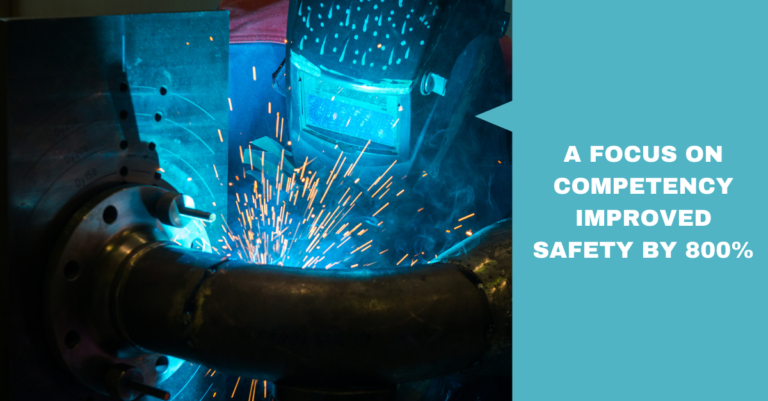Similar Posts

Competency 101 – Part 1 … What the Heck are Competencies?
Jeff Griffiths, WorkForce Strategies International The quality movement that caught hold in organizations through the 1980s spawned many different variations on process-based methods for improving organizational performance. Including the various ISO 900x standards in manufacturing, the Capability Maturity Model –Integrated (CMMI: originally created for military software engineering development and integration, but since extended to other sectors), Motorola’s “six-sigma” approach, lean…

COMPETENCY 101 – PART 2 Profiles, Frameworks, Libraries … Huh? Different ways to organize competencies and make them useful.
Jeff Griffiths, WorkForce Strategies International In the first article in this series, we clarified the difference between competencies, tasks and skills. “Ok” I can hear you saying, “So now I know the difference. So what? What do I do with them?” In this second article in the series, we want to expand on competencies, and look at how…

Competency 101 – Part 3 Ok… So What Can I Use These Things For?
Jeff Griffiths, FCMC CTDP In the previous two Competency 101 articles, Part 1 and Part 2, I introduced some foundation ideas around competencies. The next question that comes up is “Why should I use them? What makes this better than what I’m doing now?” Well, here’s what we know about traditional hiring practices: The traditional…

Competency 101 – Part 4: SHOW ME THE MONEY!!!!!!
Jeff Griffiths, FCMC CTDP In my previous article, I mentioned some of the facts supporting the use of competencies. Some of you said “prove it” – so here’s some hard data. In Canada, the ground floor level on competencies is based on the “Essential Skills” – what in other contexts have been called workplace literacy,…

Competency Frameworks – How Much Detail is Enough?
J.L. Griffiths, FCMC CTDP Competency frameworks are a fundamental tool for developing your organization and your workforce. They are a vital part of a competency management SYSTEM. Yet… they often aren’t used effectively. Complaints run the gamut from “too much detail, too cumbersome, too complicated” to the other extreme “not detailed enough” Maybe the problem…

Quality: People Before Process
J.L. Griffiths, FCMC CTDP Quality is the key to success. Creating quality – that is, delivering what’s promised to the customer (and then some) the first time, every time should be the aim of every organization. But what drives quality? Is it the process? Technology? People? Something else? I believe that quality occurs at the…

